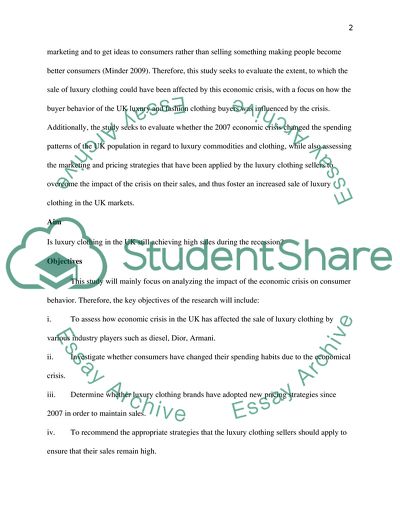Cite this document
(“The United Kingdom Fashion and Luxury Industry: a Marketing Strategy Research Paper”, n.d.)
The United Kingdom Fashion and Luxury Industry: a Marketing Strategy Research Paper. Retrieved from https://studentshare.org/marketing/1794273-is-luxury-clothing-still-achieving-high-sales-during-the-economical-crisis-in-uk
The United Kingdom Fashion and Luxury Industry: a Marketing Strategy Research Paper. Retrieved from https://studentshare.org/marketing/1794273-is-luxury-clothing-still-achieving-high-sales-during-the-economical-crisis-in-uk
(The United Kingdom Fashion and Luxury Industry: A Marketing Strategy Research Paper)
The United Kingdom Fashion and Luxury Industry: A Marketing Strategy Research Paper. https://studentshare.org/marketing/1794273-is-luxury-clothing-still-achieving-high-sales-during-the-economical-crisis-in-uk.
The United Kingdom Fashion and Luxury Industry: A Marketing Strategy Research Paper. https://studentshare.org/marketing/1794273-is-luxury-clothing-still-achieving-high-sales-during-the-economical-crisis-in-uk.
“The United Kingdom Fashion and Luxury Industry: A Marketing Strategy Research Paper”, n.d. https://studentshare.org/marketing/1794273-is-luxury-clothing-still-achieving-high-sales-during-the-economical-crisis-in-uk.


